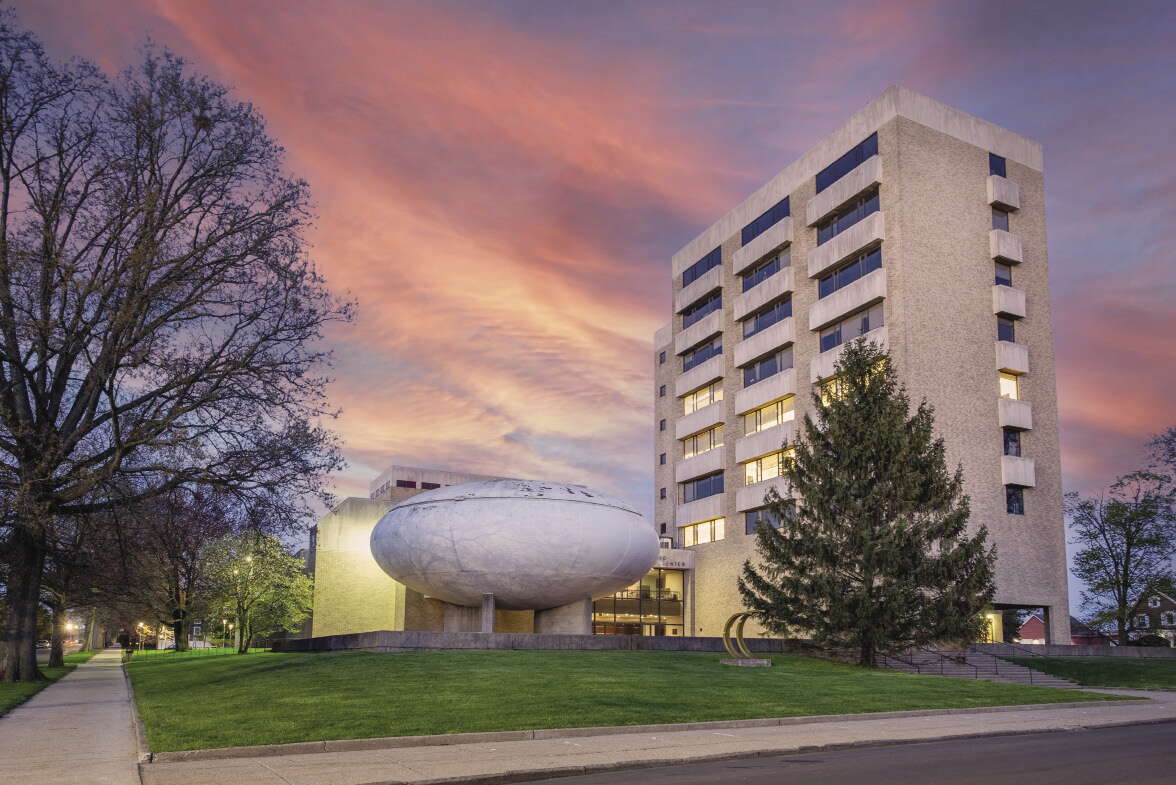
Processing Your Payment
Please do not leave this page until complete. This can take a few moments.
-
News
-
Editions
-
- Lists
-
Viewpoints
-
HBJ Events
-
Event Info
- 2024 Economic Outlook Webinar Presented by: NBT Bank
- Best Places to Work in Connecticut 2024
- Top 25 Women In Business Awards 2024
- Connecticut's Family Business Awards 2024
- What's Your Story? A Small Business Giveaway 2024 Presented By: Torrington Savings Bank
- 40 Under Forty Awards 2024
- C-Suite and Lifetime Achievement Awards 2024
- Connecticut's Health Care Heroes Awards 2024
-
-
Business Calendar
-
Custom Content
- News
-
Editions
View Digital Editions
Biweekly Issues
- April 15, 2024
- April 1, 2024
- March 18, 2024
- March 4, 2024
- February 19, 2024
- February 5, 2024
- January 22, 2024
- January 8, 2024
- Dec. 11, 2023
- + More
Special Editions
- Lists
- Viewpoints
-
HBJ Events
Event Info
- View all Events
- 2024 Economic Outlook Webinar Presented by: NBT Bank
- Best Places to Work in Connecticut 2024
- Top 25 Women In Business Awards 2024
- Connecticut's Family Business Awards 2024
- What's Your Story? A Small Business Giveaway 2024 Presented By: Torrington Savings Bank
- 40 Under Forty Awards 2024
- C-Suite and Lifetime Achievement Awards 2024
- Connecticut's Health Care Heroes Awards 2024
Award Honorees
- Business Calendar
- Custom Content
Career Opportunities: Following campus relocation, art school Paier College pivots curriculum with launch of web, mobile app design programs
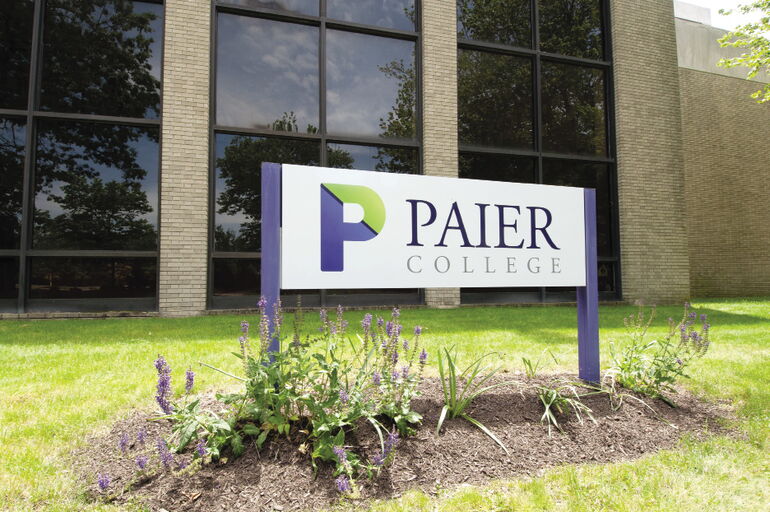 PHOTOS | CONTRIBUTED
Paier College has relocated to the University of Bridgeport's campus as it charts a new path forward with new and expanded academic programs.
PHOTOS | CONTRIBUTED
Paier College has relocated to the University of Bridgeport's campus as it charts a new path forward with new and expanded academic programs.
Careers that service the modern digital world are red hot.
The Connecticut Department of Labor projects a continued boom in demand for jobs in application, web and systems software development by state employers, estimated at more than 20% growth to 2028.
Though these are occupations traditionally considered by computer science majors, educators at Paier College, the only independent art college in the state, saw this trend as an opportunity to provide its students with training to compete for these high-demand positions.
Internet and social media are playing a major role in merging the boundaries between technology and art and the creation of art-adjacent careers, said Joseph Bierbaum, president of Paier College, which recently relocated to Bridgeport.
“As technology is streamlined, the fundamental skills necessary for these types of opportunities lend themselves well to students interested in design and marketing,” Bierbaum said.
Last January, the privately-owned college announced it was updating its traditional art and design curricula and adding newly-accredited programs in web and mobile app design.

Paier is actively enrolling up to 24 students for the newly-launched web app program, with plans to enroll another similarly-sized group in two months. The mobile app design program will be launched in the upcoming fall semester, with total enrollment in both programs initially projected to be 100 students annually.
Graduates are looking at the potential for high wages. Web developers and digital designers earned a median salary of $77,200 in 2020, according to the U.S. Bureau of Labor Statistics.
Preparing art students for these emerging fields is also in keeping with the college’s traditional mission of forging its graduates into successful careers.
“Our roots are as a commercial art school,” Bierbaum said. “Paier has always wanted to make sure students go out and make a return on their investment.”
The new programs are part of the college’s plans to grow its academics and student body in the coming years. Currently the new programs will be limited to about 100 students annually, though interest generated just a week after the announcement suggests enrollment could be five times that and still not meet the demand, Bierbaum said.
Embracing change
With a traditional focus on educating students in disciplines including illustration, graphic design, interior design and photography, change is nothing new to Paier, which has undergone several transformations in its 75-year history.
Founded by Edward Paier, an accomplished artist and teacher, and his wife Adele Kohn, as the Paier School of Applied Art in 1946 in West Haven, the specialty institution took on students from the failing Whitney School of Art and moved to New Haven in 1954.
In the early 1960s, operations moved to Hamden and expanded into a 3-acre campus, though one that never housed students. In 1982, accompanied with a name change to the Paier College of Art, the school was accredited as a four-year, degree-granting college.
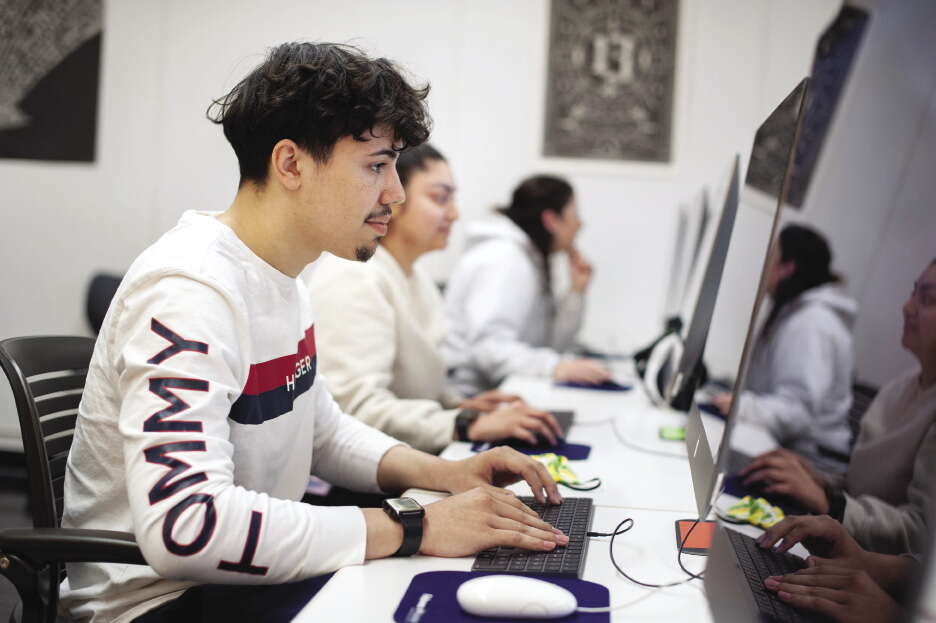
Many successful artists rank among its alumni, including Walter Wick, co-creator of the “I Spy” book series; comic book artist Howard Porter; abstract expressionist painter Vance Larson; oil painter Joseph Reboli; and illustrator and writer of children's books Ruth Sanderson, among others.
But like many small art colleges, Paier has shown cracks in its enrollment over the past decade. With the U.S. high school graduate population remaining flat between 2006 and 2016, art schools, particularly smaller ones, have seen declining enrollment, based on a study by the Association of Independent Colleges of Art & Design.
The trend has forced some schools to merge, even shutter.
In the winter 2019 semester, Paier had only 55 students, according to Bierbaum. He began his tenure as president in 2019 following the retirement of Jonathan Paier, son of the founders. Spending the previous two years serving as a consultant to the college, Bierbaum said the low enrollment reflected demographic trends as well as a failure in marketing.
“Paier’s academics were great, and the faculty amazing,” he said. “They weren’t getting the call out.”
Strategic shift
Bierbaum was previously the president of Stone Academy, which offers two-year training programs to license nurses at several campuses including in Hartford and Waterbury. He was credited with nearly doubling Stone Academy's enrollment over a five-year period, an increase he attributes to better marketing and curriculum changes.
These are strategies he’s now employing to attract new students to Paier College, the shortened name announced in March 2021. A move to a new site was also part of a long-term plan, he said, but was expedited when the University of Bridgeport (UB) was acquired by East Hartford-based Goodwin University in 2021, though it continues to function independently with its own leadership.
Paier signed on as a partner in a co-location model, transitioning its Hamden operations over last summer to UB’s campus before the beginning of the fall semester.
“We found our home down here,” Bierbaum said.
As part of the agreement, Paier acquired UB’s nine-story Arnold Bernhard Center for Arts & Humanities, which houses a performing arts theater and dozens of classrooms and offices, the 140-bed Cooper Hall dormitory along with two additional buildings on the southwest side of the campus.
“Last semester, a first in the history of the school was having students live on campus, which has just added a vibrancy,” Bierbaum said.
Paier students are mixing with UB students, who live in nearby dorms, and they share the library, recreation and fitness centers, dining halls, health services, security and more.
“Everything you’d want from a smaller college takes place in the classroom and everything you want from a bigger college happens socially,” Bierbaum said.
Growth agenda
Through the joint deal, Paier expanded its academic offerings by taking over UB’s programs in industrial, graphic and interior design, digital marketing and communications, mass communications and marketing.
The transition brought 120 new students into Paier, as well as former UB faculty. Paier’s enrollment has climbed to 246 students this semester, its highest ever.
Administrative staff combined with faculty numbers around 100, compared to about 60 full-time employees when it was headquartered in Hamden, which included mostly faculty.
New faculty hires are also part of the plan.
Div Pithadia, an experienced technology executive and entrepreneur, has been signed on as chair of the newly-created programs for web and mobile design and development.
“I know what’s needed in the industry today in terms of skills,” said Pithadia, who has managed teams as former chief technology officer at Dun & Bradstreet as well as several tech startups.
The six-month web app design certificate program requires students to focus on learning coding languages as well as concept design and tools, such as computer graphics. Students must also complete a real-world web app project.
While interest is coming from both tech-centric and arts students, Pithadia said the “creatives” can be intimated by the technical side of web design.
“I tell every student to treat it as another medium to deliver your art,” he said.
While some students may take the off ramp to the job market upon completion of the certificate, Pithadia expects others may want to build on their knowledge and continue on to earn a more traditional two- or four-year degree in disciplines such as marketing or computer science.
“It depends on the student and situation,” he said.
New certification programs, additional majors, even a master’s degree program, may be among future offerings at Paier, which expects to more than double its current student body, said Bierbaum. He is also exploring UB collaborations that would enable students to take courses from the different schools and disciplines housed on the campus.
“We’re finding out what the fits are between the institutions and students,” he said.
But his immediate focus is on the launch of the latest programs and the school’s ongoing transition at its new location.
“It’s transformative,” he said.

2022 Giving Guide
This special edition informs and connects businesses with nonprofit organizations that are aligned with what they care about. Each nonprofit profile provides a crisp snapshot of the organization’s mission, goals, area of service, giving and volunteer opportunities and board leadership.
Learn more
Subscribe
Hartford Business Journal provides the top coverage of news, trends, data, politics and personalities of the area’s business community. Get the news and information you need from the award-winning writers at HBJ. Don’t miss out - subscribe today.
Subscribe
2024 Book of Lists
Delivering Vital Marketplace Content and Context to Senior Decision Makers Throughout Greater Hartford and the State ... All Year Long!
Read Here-
2022 Giving Guide
This special edition informs and connects businesses with nonprofit organizations that are aligned with what they care about. Each nonprofit profile provides a crisp snapshot of the organization’s mission, goals, area of service, giving and volunteer opportunities and board leadership.
-
Subscribe
Hartford Business Journal provides the top coverage of news, trends, data, politics and personalities of the area’s business community. Get the news and information you need from the award-winning writers at HBJ. Don’t miss out - subscribe today.
-
2024 Book of Lists
Delivering Vital Marketplace Content and Context to Senior Decision Makers Throughout Greater Hartford and the State ... All Year Long!
ABOUT
ADVERTISE
NEW ENGLAND BUSINESS MEDIA SITES
No articles left
Get access now
In order to use this feature, we need some information from you. You can also login or register for a free account.
By clicking submit you are agreeing to our cookie usage and Privacy Policy
Already have an account? Login
Already have an account? Login
Want to create an account? Register
Get access now
In order to use this feature, we need some information from you. You can also login or register for a free account.
By clicking submit you are agreeing to our cookie usage and Privacy Policy
Already have an account? Login
Already have an account? Login
Want to create an account? Register
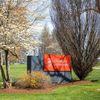
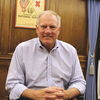

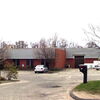


0 Comments